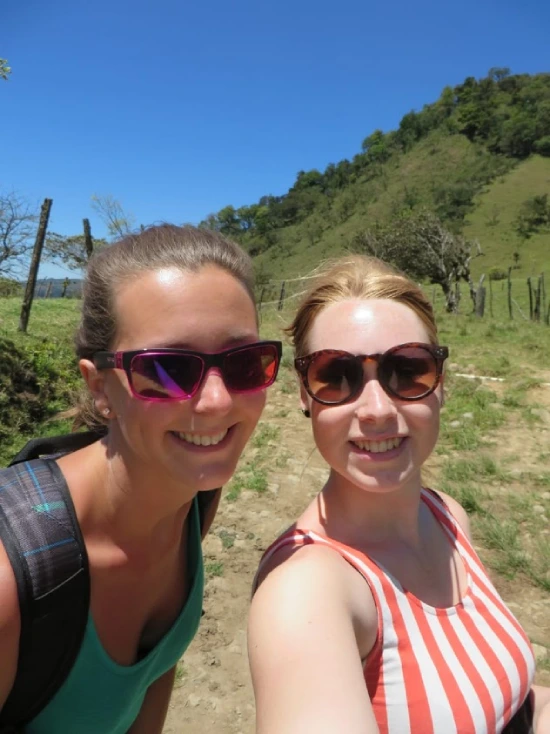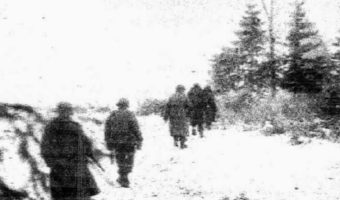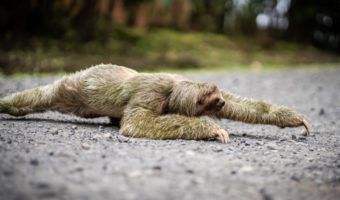The Disappearance of Kris Kremers and Lisanne Froon in Panama Remains a Mystery
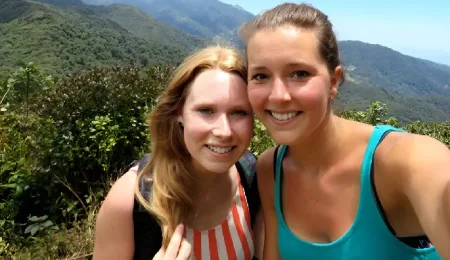
On 1 April 2014, two bright young girls from the Netherlands, Kris Kremers and Lisanne Froon, both in their twenties, went on a hike along a captivating, lush green jungle trail in Panama. Their six-week vacation in a new country had been meticulously planned and promised to be an unforgettable chapter in their lives. Yet, tragically, it was on that very day of the hike that the two women seemingly vanished without a trace. All that remained were a handful of unsettling photographs, devoid of context, leaving behind a big puzzle with many unanswered questions about their mysterious disappearance.
To this day, despite several theories about their disappearance that include organ traffickers, cartel hitman, sexual assault, murder, as well as the more prevalent theory of a tragic hiking accident, authorities are no closer to finding conclusively what happened to Kris Kremers and Lisanne Froon.
Table of Contents
Chapter 1: The Incident
Kris Kremers and Lisanne Froon Vanish in the Jungle
Kris and Lisanne were vivacious, intelligent women full of life. Upon completing graduation, they decided to take an adventure trip to Panama, where they planned to learn Spanish, and do volunteer work while exploring the country’s breathtaking beauty. They arrived in Panama on March 15, 2014, and spent the initial two weeks in Bocas Del Toro, basking by the beaches, enjoying, while also taking Spanish lessons from a school called Spanish By the Sea.
On 29 March, they arrived in Boquete, a mountain town known for its natural beauty and hiking trails. They had planned to stay with a local family for a month while volunteering in a kindergarten school, teaching the kids arts and crafts. However, due to a misunderstanding, the school was not ready for them yet. With more free time on their schedule, they decided to explore the area.
On a sunny day on 1 April 2014, Kris and Lisanne embarked on a hike along the scenic El Pianista Trail in Boquete. This well-known out-and-back trail, which usually takes about two to three hours to traverse one way, climbs uphill like a ladder, resembling a piano; hence the name “El Pianista” (The Pianist). The trail officially ends at the lookout point at the summit known as the Mirador, where hikers need to return by the same route.
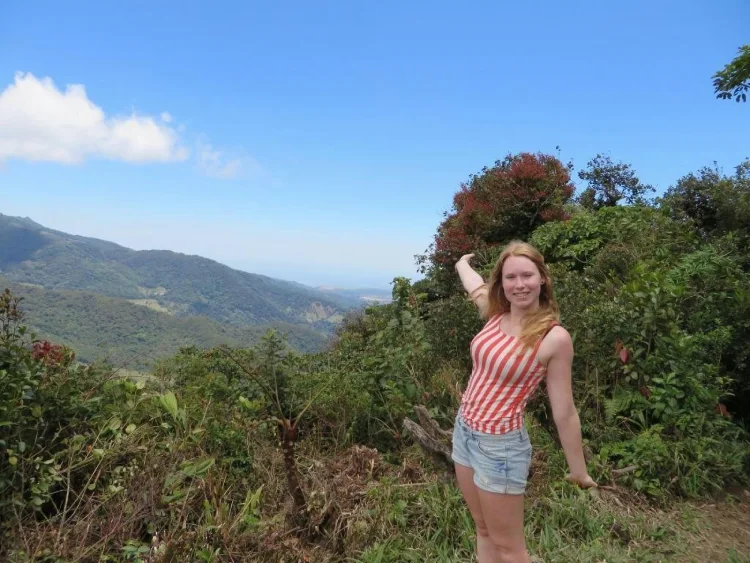
Miriam, the host mother, was a little worried when they did not return that day but thought they would eventually turn up. The next morning, when the girls missed an appointment with a local guide to visit a coffee plantation, the alarm was raised. The official search began on 3 April 2014.
The two girls had disappeared without a trace and were not seen alive again.
What happened on the day of the hike?
On 01 April 2014, Kris and Lisanne set out early, en route to the language school, Spanish By The River. However, since the school did not require volunteers yet, the duo opted to spend their day hiking the El Pinasta trail instead. They fueled up with brunch at a local restaurant and went back to their host’s house to prepare for their trek. There were rumors about them being with two Dutch boys at the restaurant that day. But it is incorrect, as they had met the said boys in Bocas, and they had departed for the Netherlands on the same day Kris and Lisanne set out for Boquete from Bocas.
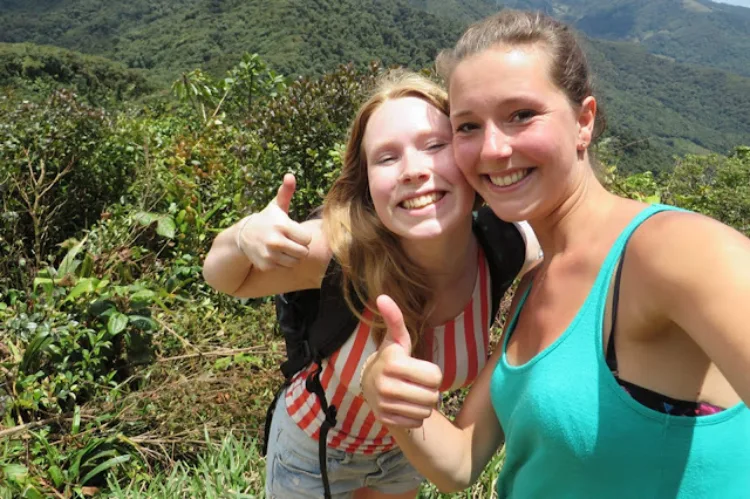
As they started their trek, evident from the photos found later, Lisanne and Kris seemed happy and relaxed. They were dressed in light clothing and hiking boots and carried a single backpack. The pictures did not indicate anyone else with them.
There were reports that they had a dog with them, who had come back alone. But the dog in question belonged to the restaurant owners near the trailhead and was not seen in any of their trek pictures. Therefore, its connection to the case remains unconfirmed.
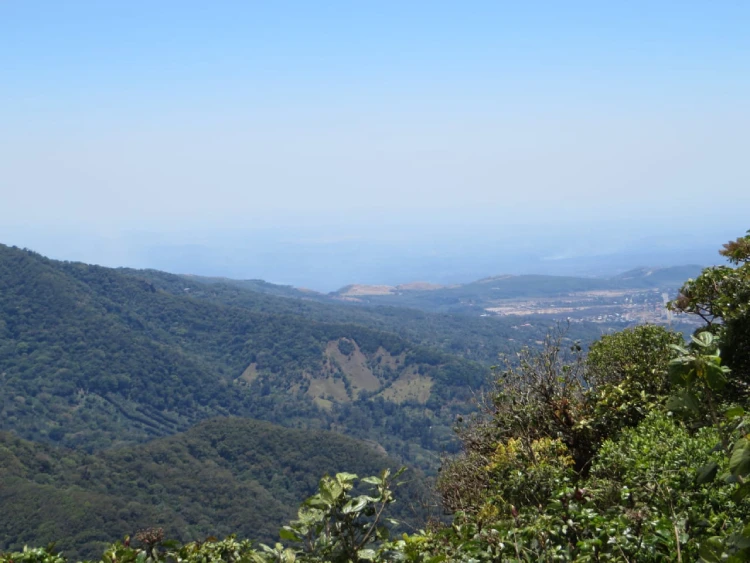
Kris and Lisanne reached the summit at around 1 p.m. But, after this, the pictures show that, for some reason, they had continued past the summit towards the Continental Divide, a path not maintained by rangers or guides. This unmarked path is known as the “Serpent Trail,” named after the Serpent River that snakes and winds down the mountain into the Serpent River (Rio Culebra).
No one knows why the girls continued on the path instead of coming back down. No one knows what had happened in the jungle. But Kris and Lisanne failed to come back home that night, and eventually never did.

Chapter 2: The Search and Investigation
When did search operations begin?
The unofficial search for Kris and Lisanne began after they failed to attend the 8 a.m. appointment on April 02 with tour guide Feliciano, supposedly the last person to see them alive. They were not found at the host family’s home. According to his statement, Feliciano wanted to report them missing right away, but Eileen from the language school wanted to wait to see if they turned up during the day. But, of course, they did not.
It is important to note that the girls had not officially told anyone where they were going on hiking. It was Eileen who suggested that maybe they went to the Pianista trail because she remembered Kris and Lisanne looking at the trail map the day before and asking about it. Around 5 p.m., when they still did not return, the police were informed. By then, 12 hours had already elapsed. But it would be another 12 hours when search operations would officially begin the following morning.
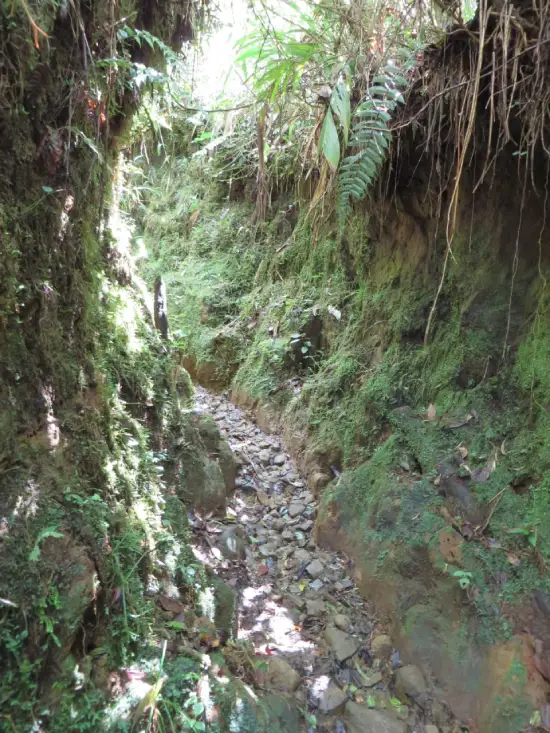
As the police started their investigation, the only lead was Eileen’s statement that probably went to the Pianista trail. Subsequently, investigators also found that the browsing history on the language school’s computer contained entries related to the Pianista trail.
Feliciano and his small team of tour guides and locals went up the trail the next morning to look for the girls, but could not find any traces.
The official search team, SINAPROC(National Civil Protection System), began their search on April 3, nearly 48 hours after the girls were last seen. Despite a tip from Feliciano and Eileen suggesting that the girls likely went to the El Pianista trail, SINAPROC chose not to rule out other possibilities during the initial days of the search. Consequently, they deployed helicopters and rescue teams to scour all the hiking trails in the area, likely costing valuable time and resources.
Efforts and Challenges of the Investigation
By 6 April 2014, the girls were missing for five days, and the authorities knew that they had not carried enough supplies to sustain them for that long. Kris Kremers and Lisanne Froon’s families flew to Panama along with a Dutch detective to help with the search and investigation.
By then, the rainy season had also started, and the conditions had turned muddy and dangerous. The jungle area was filled with cliffs and steep drops, and the rains made everything slippery and more dangerous.
Despite a ten-day search utilizing dogs, helicopters, and ground teams yielding no leads, SINAPROC halted its efforts. Heavy rains also hindered a Dutch team deploying their trained dogs in late May and ultimately returned without success. This adversely affected the search. Days would soon turn to weeks and then to months. Not a single shred of evidence was found.
But the breakthrough came after ten weeks.
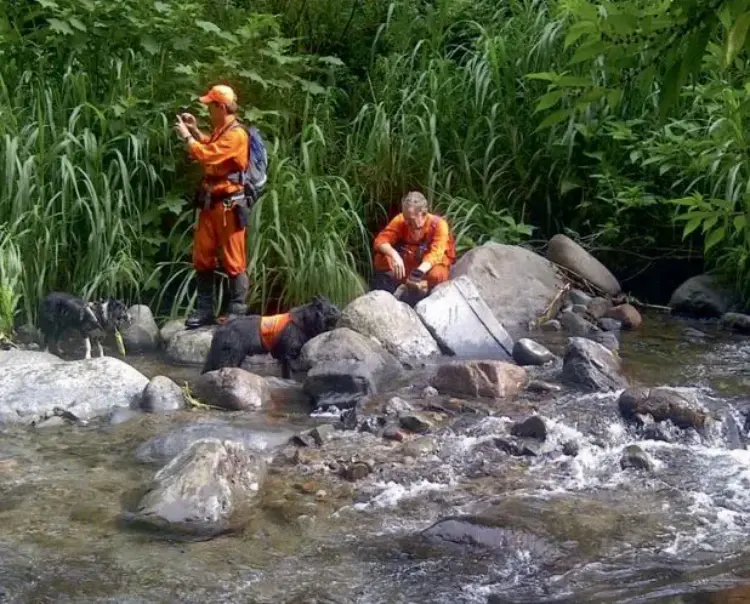
The Grim Discoveries that raised more questions
On June 14, a local woman of the Ngobe tribe turned in a blue backpack belonging to Lisanne. She had found it by a river bank near her village, Alto Romero, in the Bocas del Toro province. The backpack contained two pairs of sunglasses, Lisanne’s passport, a water bottle, two bras, $83 in cash, a digital camera, and two mobile phones belonging to the girls.
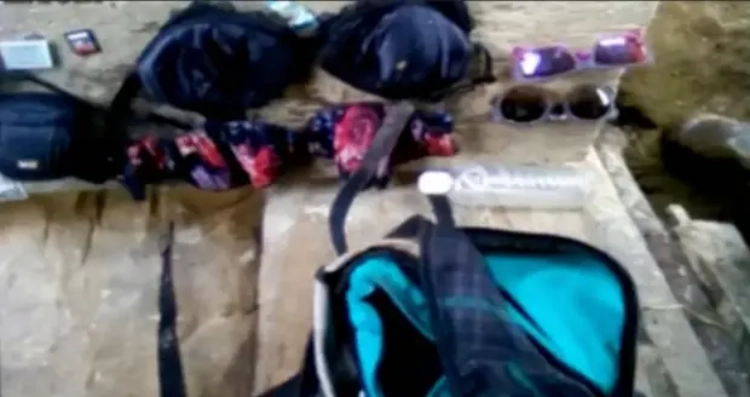
With this newfound evidence, it was discovered that both the girls had dialed emergency number 112 starting just six hours into the hike. But the calls didn’t get through due to no network connectivity. Over the next three days, the girls had called 112 and 911 multiple times, but not once after that.
On 6 April 2014, several unsuccessful attempts were made to open Kris Kremer’s phone with incorrect PINs. On the eleventh day, 11 April 2014, Kris’ iPhone briefly powered on at 10:51 a.m. for one hour and four minutes before shutting off with approximately 22% of the battery remaining. It hasn’t been used since. After that, both phones were dead.
Lisanne’s digital camera recovered from the bag had photos from April 1st, which showed that they had reached the summit and looked happy and worry-free. But the next pictures showed that they had hiked past the summit into the Continental Divide, the area between Costa Rica and Panama.
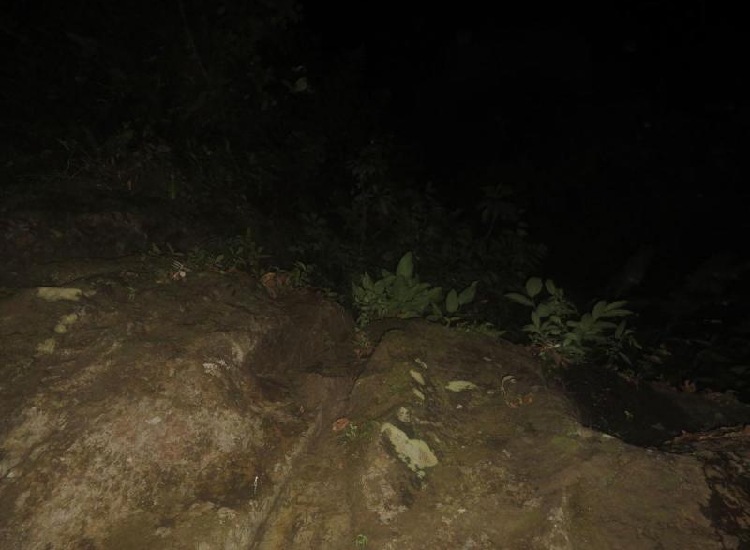
On April 8th, there were 90 mysterious flash photos taken between 1 a.m. and 4 a.m. in complete darkness, apparently somewhere deep in the jungle. However, the photos expose more questions than answers, as they do not make much sense. There is a photo showing Kris’s head full of red hair. Another one shows a twig with red plastic bags, and another one looks like a mirror on a rock. The rest are all dark, taken in a steep area of the jungle, and a few seem to point at the sky, while others seem to point at a gorge or ravine.
Still, this new significant evidence could not shed any light on what happened to the girls. Was it an accident, wild animals, or foul play?

Kris and Lisanne’s scattered remains are found
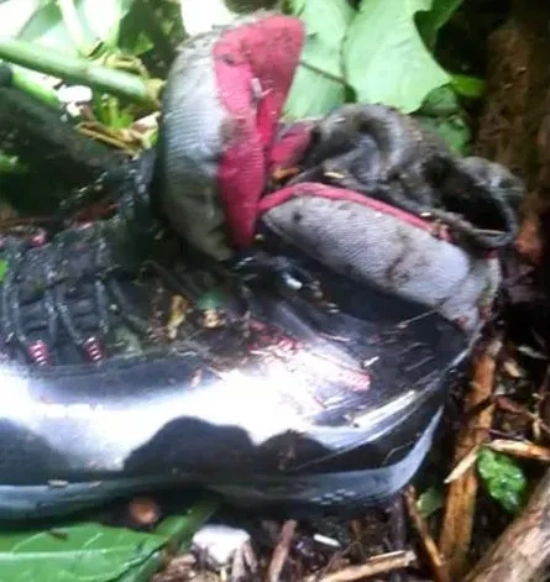
With the discovery of the bag pack, new searches were conducted along the Culubre River. Eventually, Kris Kremer’s denim shorts were found on a rock on the opposite bank of the tributary. There was a rumor that they were undamaged, zipped, and neatly folded, but this is untrue. The shorts were wet and showed wear and tear.
Two months after their disappearance, closer to where the backpack was discovered, a boot with parts of the foot still in it and a pelvis bone were found. Soon, at least 33 bones would be found scattered throughout the area, and DNA tests confirmed they belonged to Lisanne Froon and Kris Kremer. Lisanne’s bone still had some skin attached, whereas Kris’s bones appeared to be bleached. A forensic researcher who examined the bones later said that they contained no scratches and had no natural or cultural origin.
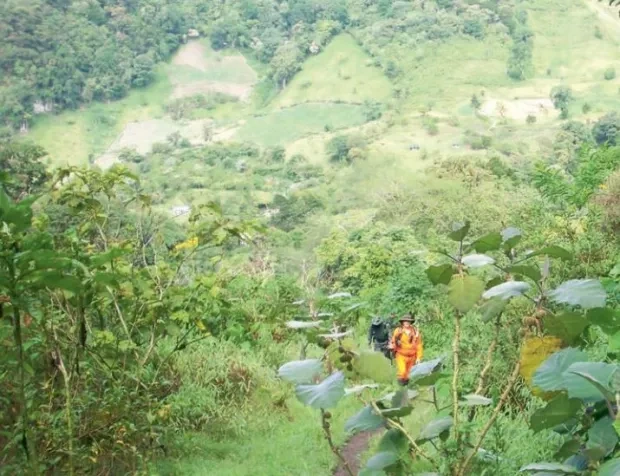
Were there flaws in the investigation?
SINAPROC, Panama’s Civil Protection Service, was criticized for mishandling the search operations. When reporter Jeremy Kryt for the Daily Beast interviewed SINAPROC and local guides, they shed light on what went wrong. John Tornblom, a local guide, told Jeremy that he, along with the other guides, had started their search three to four days before SINAPROC started but were told to halt their searches to let SINAPROC work. He was disappointed as they were the ones who knew the area the best.
When the 33 bone fragments were found after the discovery of the bag pack, standard police protocols were largely overlooked. No systematic search grid was established, and no soil samples were collected for comparison with evidence discovered during the autopsy. Examiners from the Dutch Forensic Institute found over 30 unidentified fingerprints on Lisanne’s backpack. However, Panamanian investigators had not maintained any print records relevant to the case, rendering it impossible to screen for suspicious prints.
The baffled investigators were not close to finding the truth.

The disappearance of Lisanne Froon and Kris Kremers is riddled with unanswered questions. Investigators were confused whether the disappearance was the result of a tragic accident or foul play. To them, all possibilities remained ambiguous due to conflicting evidence, inadequate police work, and the mysterious circumstances surrounding their vanishing.
Investigators found it confusing that their phone logs if assumed to be accurate and comprehensive, indicate that their phones only dialed emergency during the initial three days of their disappearance. Subsequent attempts to contact emergency services were not made after day three, while at least one of the phones was still on until day 11.
Investigators also found it strange that neither of the girls recorded a video or text message or wrote messages down for family members or loved ones, knowing that they might not make it. Their cameras or phones did not have saved drafts or unsent texts. Yet, at least Kris’s phone still had a battery left. But instead of trying emergency numbers again or taking photos, recording videos, and notes, they kept turning their phone on and off.
Another strange clue was the incorrect pin. Was anyone else trying to get inside the phone? If Kris were injured, Lisanne would ask her for the pin and not attempt to unlock the phone while guessing. Was it perhaps that by then, she had already died, and Lisanne had forgotten the pin?














